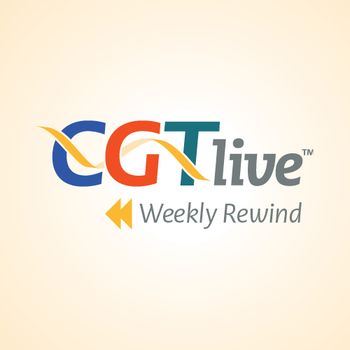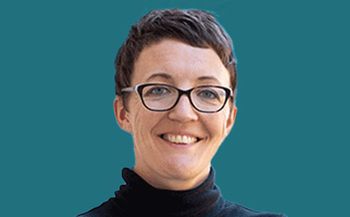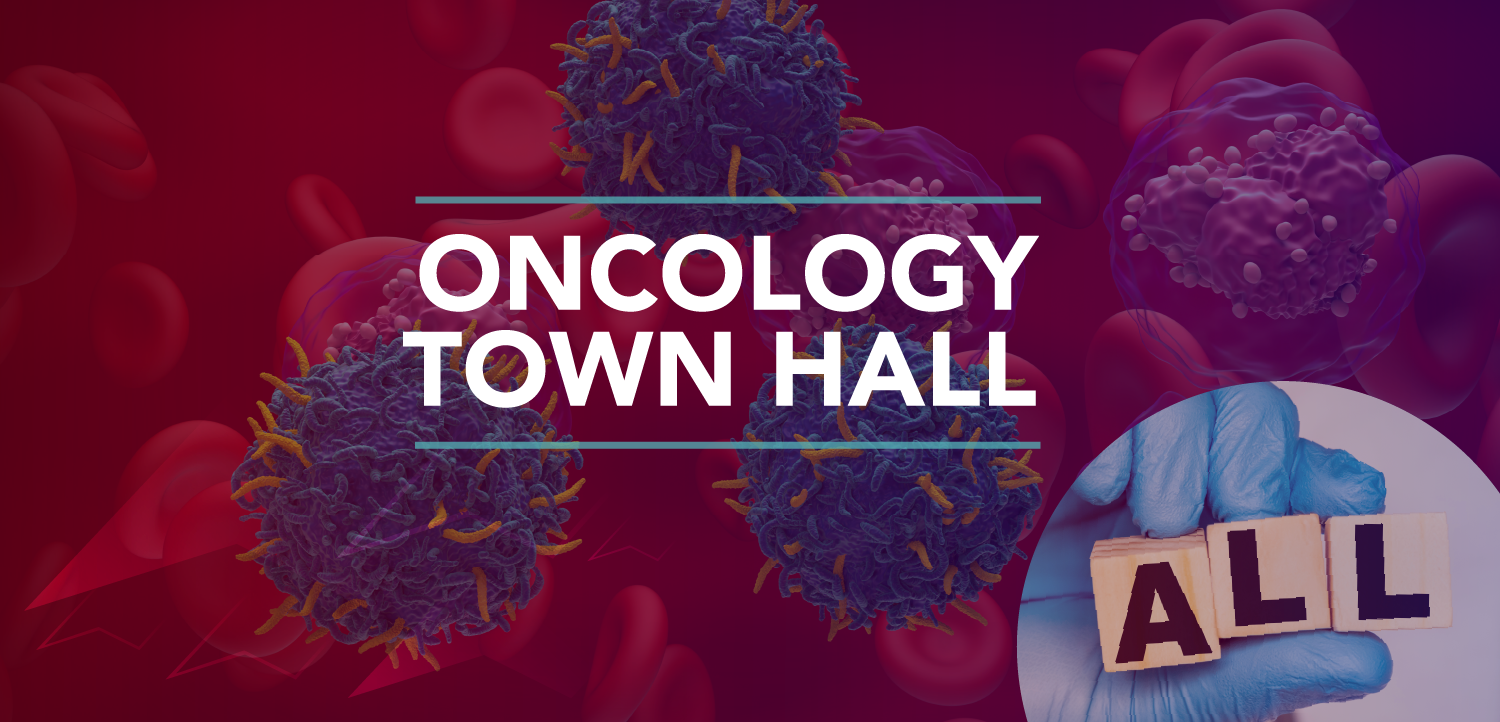
Atamyo Therapeutics' Gene Therapy ATA-200 Cleared for US Trial in LGMD Type 2C/R5
In addition to the IND clearance, the FDA also granted ATA-200 orphan drug designation.
The FDA has cleared an investigational new drug (IND) application for Atamyo Therapeutics' ATA-200, an investigational adeno-associated virus (AAV) vector-based gene therapy intended to treat γ-sarcoglycan-related LGMD Type 2C/R5 (LGMD2C/R5), enabling the company to go forward with plans for a phase 1b dose escalation clinical trial (NCT05973630).1
In addition to the IND clearance, the FDA also granted ATA-200 orphan drug designation. The FDA’sIND clearance allows for the geographic expansion of the phase 1b trial, which has previously been
“This IND clearance in an important step to bring ATA-200 to US children suffering from this highly debilitating LGMD-2C/R5 disease” Sophie Olivier, MD, the chief medical officer of Atamyo, said in a statement.1
Atamyo originally
“We are proud to be the first treatment for LGMD-2C/R5 to enter into clinical development in the US and we are committed to opening the first US center before year-end” Stéphane Degove, Atamyo’s Chief Executive Officer, added to the statement.1
The clinical trial application (CTA) leading to the trial’s clearance in France and Italy
“ATA-200 incorporates a new promoter that enhances the liver and cardiac safety of gene therapy,” Isabelle Richard, PhD, the cofounder and chief scientific officer of Atamyo, upon whose research ATA-200's design was based, said in a September 2023 statement.3 “This first-in-class experimental treatment represents a new hope for the patients”.
In addition to ATA-200, Atamyo is also developing ATA-100, an AAV vector-based gene therapy that is administered as a single dose and is intended to deliver a functional copy of the human FKRP gene in order to treat fukutin-related protein limb-girdle muscular dystrophy type 2I/R9 (LGMD2I/R9).5-6 ATA-100 is currently being evaluated in a multicenter phase 1/2 clinical trial (EudraCT 2021-004276-33, NCT05224505) in Denmark, France, and the United Kingdom under CTAs that were cleared in each of those countries between 2021 and 2022.7-9 A later IND clearance from the FDA in 2023 allows expansion of the trial to the United States.10 Recently, in September 2024, Atamyo announced that the dose escalation portion of the phase 1b trial for ATA-200 had finished recruiting patients.4
“We are thrilled to have completed the recruitment of the dose escalation phase of our phase 1b study of ATA-100,” Olivier said in a statement at the time.4 “Data of the dose escalation will serve at selecting the dose to carry over in the pivotal phase of the study. We look forward to presenting the preliminary results of the first dose cohort at the forthcoming World Muscle Society (WMS) Congress and at American Society of Gene & Cell Therapy’s Breakthroughs in Muscular Dystrophy Conference, held November 19 to 20, 2024 in Chicago.”
REFERENCES
1. IND for ATA-200, a gene therapy for the treatment of limb-girdle muscular dystrophy type 2C/R5 (LGMD2C/R5), cleared to proceed by FDA. News release. Atamyo Therapeutics. November 12, 2024. Accessed November 19, 2024. https://atamyo.com/press-releases/ind-for-ata-200-a-gene-therapy-for-the-treatment-of-limb-girdle-muscular-dystrophy-type-2c-r5-lgmd2c-r5-cleared-to-proceed-by-fda/
2. Atamyo Therapeutics obtains regulatory authorization in Europe to initiate a clinical trial for ATA-200, its gene therapy to treat limb-girdle muscular dystrophy type 2C/R5. News release. News release. Atamyo Therapeutics. March 26, 2024. Accessed November 19, 2024. https://atamyo.com/press-releases/atamyo-therapeutics-obtains-regulatory-authorization-in-europe-to-initiate-a-clinical-trial-for-ata-200-its-gene-therapy-to-treat-limb-girdle-muscular-dystrophy-type-2c-r5/
3. ATA-200, AtamyoTherapeutics’ gene therapy to treat limb-girdle muscular dystrophy type 2C/R5, reaches key milestones with the filing of a clinical trial application in Europe and a non-dilutive financing from France 2030 program. News release. Atamyo Therapeutics. September 19, 2023. Accessed November 19, 2024. https://atamyo.com/press-releases/https-atamyo-com-wp-content-uploads-pr-sept-19-2023-ata-200-reaches-key-milestones-with-cta-in-europe-and-france2030-financing-pdf/
4. Atamyo Therapeutics observes LGMD awareness day with updates on key milestones in its clinical development of gene therapies for patients suffering from limb-girdle muscular dystrophies. News releases. September 30, 2024. Accessed November 19, 2024. https://atamyo.com/press-releases/atamyo-therapeutics-observes-lgmd-awareness-day-with-updates-on-key-milestones-in-its-clinical-development-of-gene-therapies-for-patients-suffering-from-limb-girdle-muscular-dystrophies/
5. IND for ATA-100, a gene therapy for the treatment of limb-girdle muscular dystrophy type 2I/R9 (LGMD2I/R9), cleared to proceed by FDA. News release. Atamyo Therapeutics. September 5, 2023. Accessed November 19, 2024. https://atamyo.com/press-releases/2023/ind-for-ata-100-a-gene-therapy-for-the-treatment-of-limb-girdle-muscular-dystrophy-type-2i-r9-lgmd2i-r9-cleared-to-proceed-by-fda/
6. Atamyo Therapeutics announces first patient dosed with ATA-100 gene therapy in LGMD-R9 clinical trial. News Release. Atamyo Therapeutics. September 26, 2022. Accessed November 19, 2024. https://atamyo.com/press-releases/atamyo-therapeutics-announces-first-patient-dosed-with-ata-100-gene-therapy-in-lgmd-r9-clinical-trial/
7. Atamyo Therapeutics obtains first regulatory authorization in Europe to initiate a clinical trial for ATA-100, its gene therapy to treat limb-girdle muscular dystrophy type 2I/R9. News release. Atamyo Therapeutics. December 6, 2021. Accessed November 19, 2024. https://atamyo.com/press-releases/2021/atamyo-therapeutics-obtains-first-regulatory-authorization-in-europe-to-initiate-a-clinical-trial-for-ata-100-its-gene-therapy-to-treat-limb-girdle-muscular-dystrophy-type-2i-r9/
8. Atamyo Therapeutics reaches significant regulatory and financial milestones for ATA-100, its gene therapy to treat limb-girdle muscular dystrophy type 2I/R9. News Release. Atamyo Therapeutics. February 24, 2022. Accessed November 19, 2024. https://atamyo.com/press-releases/atamyo-therapeutics-reaches-significant-regulatory-and-financial-milestones-for-ata-100-its-gene-therapy-to-treat-limb-girdle-muscular-dystrophy-type-2i-r9/
9. Atamyo Therapeutics announces significant milestones for ATA-100 and ATA-200, its gene therapy programs to treat limb-girdle muscular dystrophy 2I/R9 and 2C/R5. News release. Atamyo Therapeutics. May16, 2022. Accessed November 19, 2024. https://atamyo.com/press-releases/atamyo-therapeutics-announces-significant-milestones-for-ata-100-and-ata-200-its-gene-therapy-programs-to-treat-limb-girdle-muscular-dystrophy-2i-r9-and-2c-r5/
10. IND for ATA-100, a gene therapy for the treatment of limb-girdle muscular dystrophy type 2I/R9 (LGMD2I/R9), cleared to proceed by FDA. News release. Atamyo Therapeutics. September 5, 2023. Accessed November 19, 2024. https://atamyo.com/press-releases/2023/ind-for-ata-100-a-gene-therapy-for-the-treatment-of-limb-girdle-muscular-dystrophy-type-2i-r9-lgmd2i-r9-cleared-to-proceed-by-fda/
Newsletter
Stay at the forefront of cutting-edge science with CGT—your direct line to expert insights, breakthrough data, and real-time coverage of the latest advancements in cell and gene therapy.











































